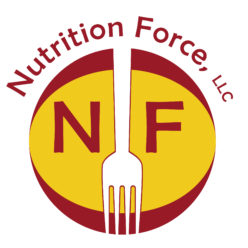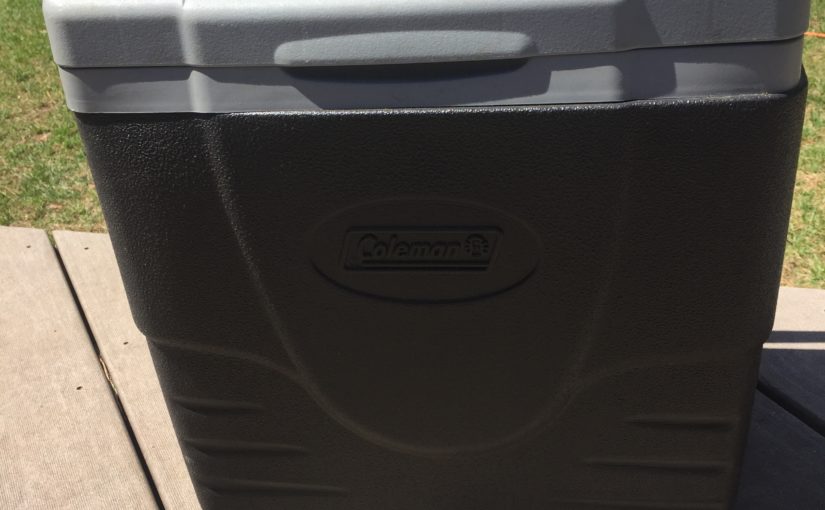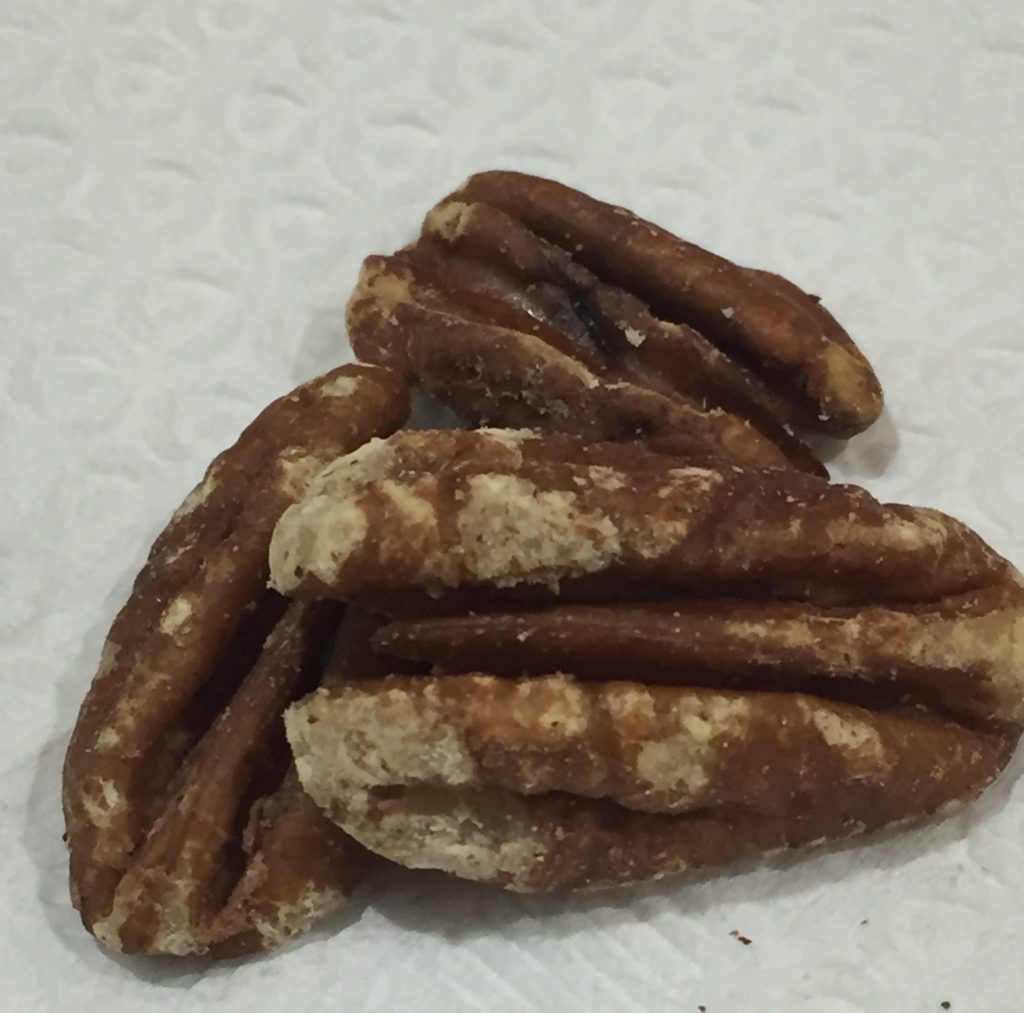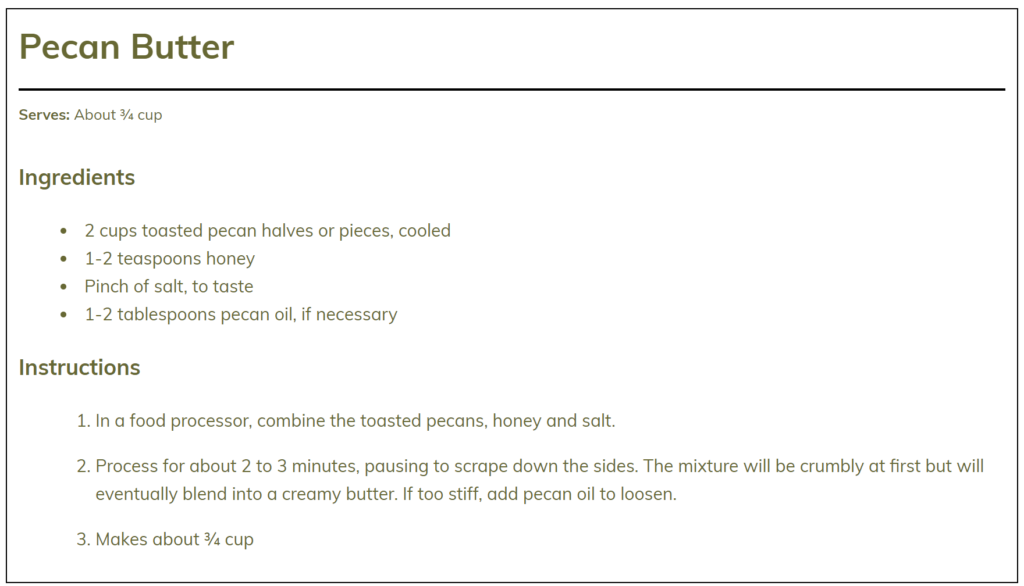Spring is here, and summer is right around the corner! That means it’s time for picnics. No one likes ants or bees, and no one wants food poisoning. Here are some tips to keep your picnic food safe.
- If you’re cooking raw meat be sure to bring a food thermometer. The only way to tell if meat or poultry is done is to use a food thermometer. Looking at the color of the meat/poultry will not ensure doneness. Here is a link for proper food temperatures. https://www.foodsafety.gov/keep/charts/mintemp.html
- Plan ahead. Be sure you have plenty of clean utensils, storage containers for left overs, ice for the cooler, paper towels, and garbage bags.
- For food safety, do not thaw your meat on the counter overnight. Either thaw the meat in the refrigerator, cooler with ice, or just cook it from a frozen state. Keep in mind that cooking meat from a frozen state will take about 50 percent longer than cooking thawed food.
- Be sure to store perishable foods, such as hot dogs, burgers, chicken, deviled eggs, potato salad, pre-cut fruit and vegetables, as well as veggie dips in a cooler with ice. All these foods need to be kept cold.
- Be sure to wash your hands before you prepare food and after touching raw meat. If running water is not available be sure to bring wet wipes or hand sanitizer with in order to keep your hands clean.
- Do NOT leave foods out in the sun. Keep the cooler in the shade. Serve foods quickly from the cooler and return it to the cooler as quickly as possible. Food should not sit out longer than two hours. If the temperature is above 90oF, food should not sit out longer than one hour.
- Once the food is cooked to temperature on the grill, be sure to serve the food on a clean plate. Don’t use the same plate or utensils for cooked food that were used for the raw food.
- Be sure to place all leftovers in the cooler as soon as possible and empty the cooler as soon as you get home. Foods that have stayed cold can be returned to the refrigerator for consumption later. If the food has become warm or there is no ice left in the cooler the food should be discarded.
Resource: Van D. Perfect Food Safe Picnics! Food Safety.gov. https://www.foodsafety.gov/blog/perfectfood.html. Published 2012. Accessed April 22, 2019.



